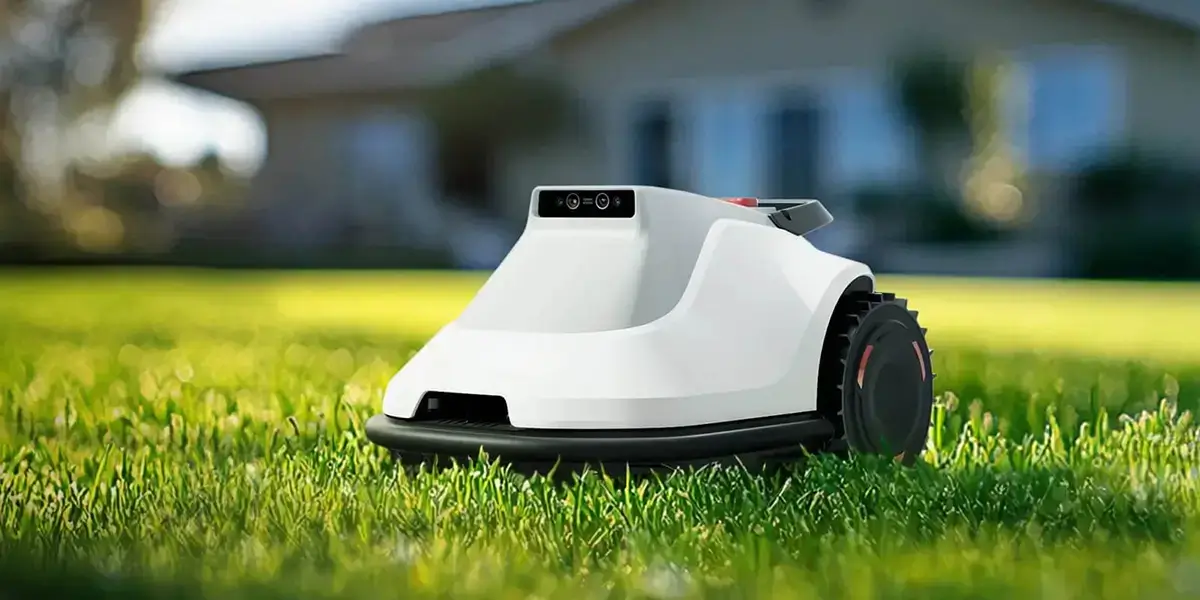Imagine needing to pick a component that truly powers your automation dreams—something that can make your projects smoother, more precise, and yes, just a little bit cooler. That’s where understanding the difference between a servo and a motor really pays off. They both seem similar at first glance, but trust me, once you peek under the hood, you’ll see they’re playing very different roles in your setup.

Let’s break it down simply. A motor is the classic workhorse—push a button, get spinning. It’s all about raw power—rotating either clockwise or counterclockwise, usually at a steady speed. No fuss, no frills. Think of it like the engine in your car—get it going, and it does the job. But when you want precision, a motor alone can’t do the trick. You need a bit more finesse.
Enter the servo. It’s a smart cookie—more like a skilled dancer who knows exactly how to position themselves mid-performance. Unlike a standard motor, a servo is equipped with a feedback mechanism. It constantly checks its position, speed, and torque. If you specify a certain position or angle—say, moving a robotic arm 45 degrees—the servo gets there with pinpoint accuracy.
Here’s where things get interesting. When do you lean toward a servo instead of a motor? Picture a camera gimbal that needs to stay perfectly level as you walk. A simple motor might wobble, but a servo keeps it steady. When you’re talking about robotics, CNC machines, or automation equipment that demands high precision, servos are the superheroes.
But I get it—sometimes you might think, “Why not just use a motor with some fancy controllers?” Sure, you can. But that’s where the difference shows up in the long run. Servos are more straightforward when it comes to control. They integrate sensors, encoding information seamlessly, and the setup is pretty painless—once you get the hang of it.
One common question: “Are servos faster or stronger than motors?” Well, it depends. They’re designed for accuracy, not brute force or high-speed rotation. And for applications where fine control matters, their ability to stop, hold, and adjust with finesse blows the standard motor out of the water.
So, if your project needs that precise positioning—say, aligning solar panels for maximum sunlight, or controlling robotic arms for delicate tasks—servos are the way to go. They’re a bit pricier, yes, but the efficiency and control they deliver are often worth it.
In a nutshell, the choice boils down to your project’s needs. Want raw power to move things fast and heavy? A motor might do. Need precision, repeatability, and feedback? That’s when a servo shines. Not all motors are created equal—sometimes, finesse beats brute force. Think of it like choosing between a hammer and a scalpel; both tools, but very different jobs.
Considering what's right for your projects? Think about where precision wins over power, and then pick the right partner—KPOWER’s servo or motor. Either way, you're in good hands.
Established in 2005, Kpower has been dedicated to a professional compact motion unit manufacturer, headquartered in Dongguan, Guangdong Province, China. Leveraging innovations in modular drive technology, Kpower integrates high-performance motors, precision reducers, and multi-protocol control systems to provide efficient and customized smart drive system solutions. Kpower has delivered professional drive system solutions to over 500 enterprise clients globally with products covering various fields such as Smart Home Systems, Automatic Electronics, Robotics, Precision Agriculture, Drones, and Industrial Automation.




































